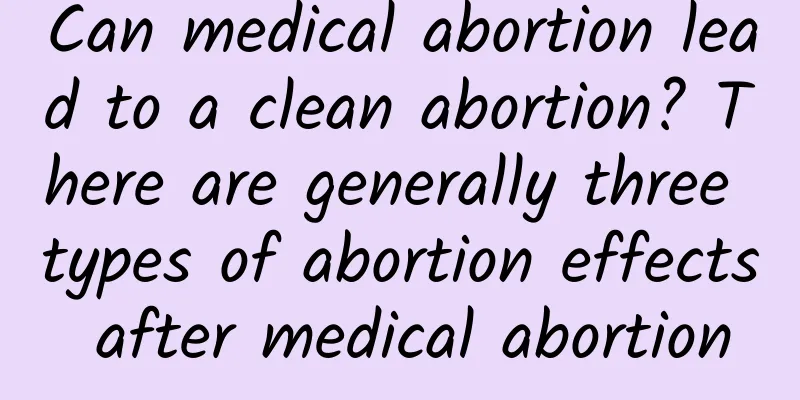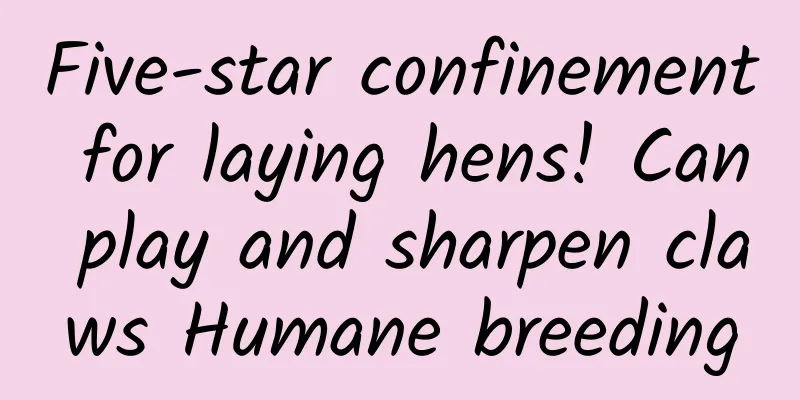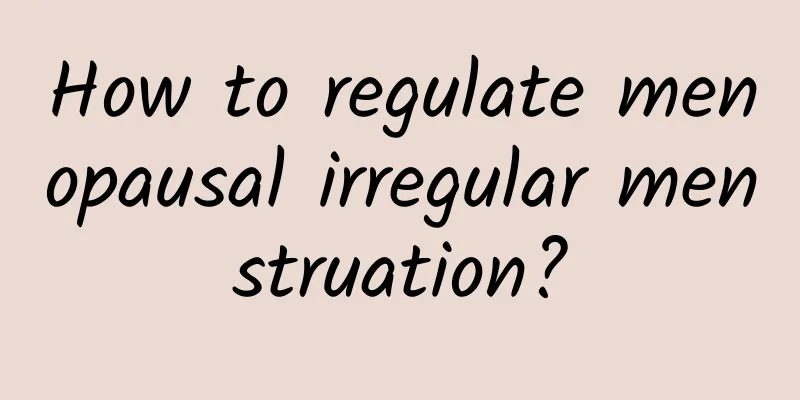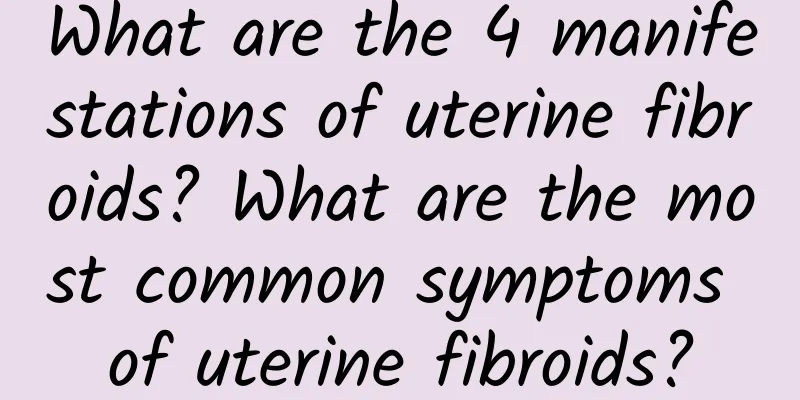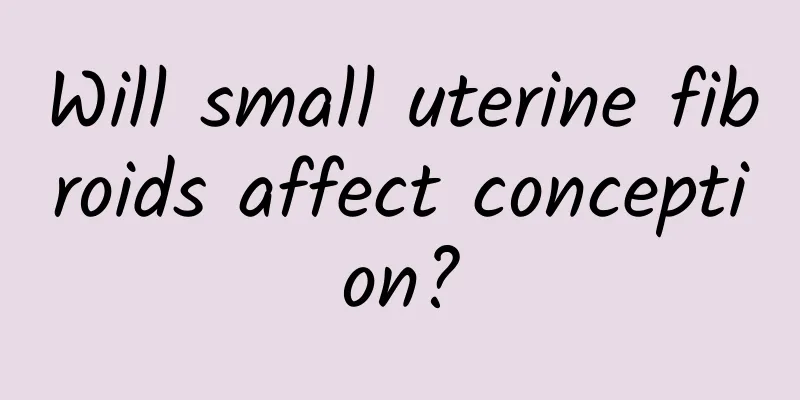What are the complications of ovarian cysts?

|
Ovarian cysts are asymptomatic in the early stages, and there is a lack of good early diagnosis and differentiation methods. Once a malignant tumor is discovered, it is often an advanced disease and is accompanied by complications of ovarian cysts. Let's take a look at the complications of ovarian cysts. Pedicle torsion is one of the complications of ovarian cysts. About 10% of ovarian tumors are torsion-prone, which is a common gynecological acute abdomen. It is more common in cystic tumors with long pedicles, medium size, large mobility, and center of gravity biased to one side. It often occurs when the body position changes suddenly, in early pregnancy or after delivery. After the pedicle is torsion, the venous return of the tumor is blocked, causing congestion, purple-brown color, and even ruptured blood vessels and bleeding, which can cause tumor necrosis and infection due to arterial obstruction. In acute pedicle torsion, the patient suddenly has severe pain in the lower abdomen, which may be accompanied by nausea, vomiting, and even shock in severe cases. During the examination, the abdominal wall muscles on the affected side are tense, tenderness is significant, and the mass has greater tension. Once diagnosed, the tumor should be surgically removed immediately. During the operation, the twisted pedicle should not be turned back. It is advisable to clamp and cut it off near the twisted part of the pedicle to prevent the thrombus from falling off and entering the blood circulation. Tumor rupture is also a complication of ovarian cysts. Spontaneous rupture may occur due to ischemic necrosis of the cyst wall or tumor erosion and penetration of the cyst wall; or traumatic rupture may occur due to squeezing, childbirth, gynecological examination, and puncture. After rupture, the cyst fluid flows into the abdominal cavity, irritating the peritoneum, which may cause severe abdominal pain, nausea, vomiting, and even shock. During the examination, there are abdominal irritation signs such as abdominal wall tension, tenderness, and rebound pain, and the original mass shrinks or disappears. After diagnosis, laparotomy should be performed immediately to remove the cyst and clean the peritoneum. The above is an introduction to the complications of ovarian cysts. Patients should go to the hospital for treatment as soon as possible and receive correct and effective treatment under the guidance of a doctor to avoid worsening of the disease and causing a series of complications of ovarian cysts, which will cause greater harm. I wish you good health. Ovarian cysts http://www..com.cn/fuke/ncnn/ |
<<: Things to note when preventing ovarian cysts
>>: Early symptoms of uterine fibroids
Recommend
Losing weight helps the body cleanse and detoxify, drinking water alone is not enough! Eating the right high-water-content vegetables and fruits is the key
Water is indispensable for life and exists in foo...
How to check for habitual miscarriage? There are 5 items
Habitual abortion has many similarities with gene...
Experts introduce the diagnosis of cervical hypertrophy
Cervical hypertrophy is a type of chronic cervici...
Can I eat spicy hot pot during my period? It's best not to eat it
It is best not to eat Malatang during menstruatio...
How accurate is the menstrual cycle calculator?
What is a menstrual cycle calculator? Is it accur...
Three quick steps to slim your face: puff up your lips and do exercises
[Core Tip]: Do you know the fastest way to slim y...
Is anemia a symptom of uterine fibroids? What are the common symptoms of uterine fibroids?
Uterine fibroids are an important type of uterine...
How to protect the fetus during threatened miscarriage
Threatened abortion refers to some signs of misca...
What should I do if I find out about uterine fibroids after pregnancy? What are the treatment methods for uterine fibroids?
During pregnancy, if there are uterine fibroids, ...
What medicine is good for irregular menstruation? Traditional Chinese medicine treatment for irregular menstruation
The appearance of irregular menstruation makes ma...
How to prevent and treat dysmenorrhea?
Female friends should learn and understand some c...
Experts explain the symptoms of uterine fibroids
What are the symptoms of uterine fibroids? Uterin...
Men also suffer from osteoporosis but are not aware of it
According to statistics, about 500,000 people ove...
How to calculate the due date if menstruation is irregular
How to calculate the due date if menstruation is ...
What to do if the menstrual flow is very heavy after abortion
After an abortion, women will not only suffer phy...

